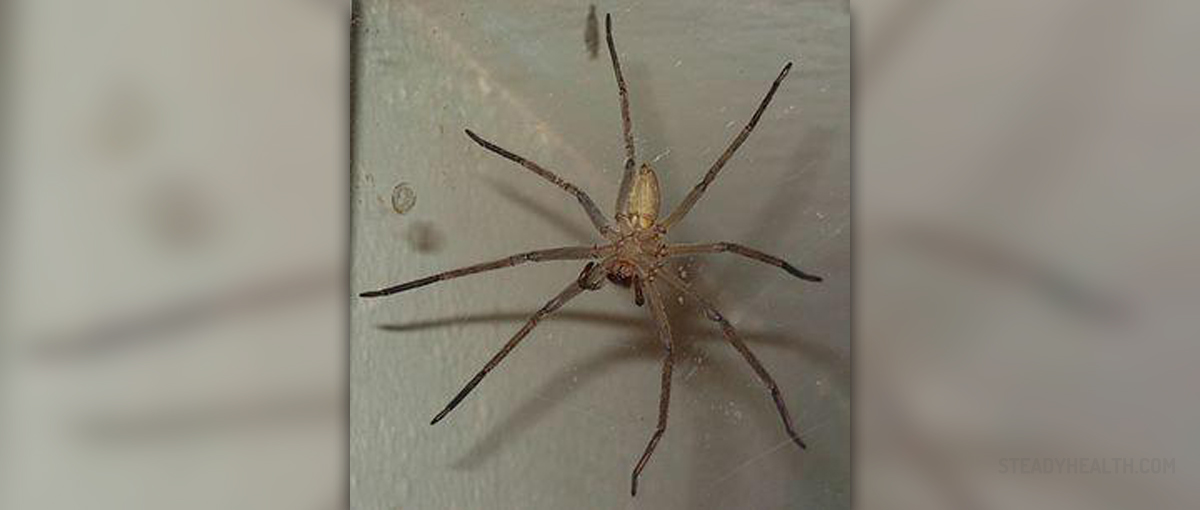
Being bitten by a spider is always a bothersome situation, bearing in mind that you never know whether the venom is strong enough to cause serious health problems. However, whenever this happens, you are advised to seek medical assistance instantly.
The brown recluse spider is one member of the Sicaridae spider family, capable of delivering quite serious, venomous bites. These spiders are usually between 6 and 22mm long, even though larger specimens have been found. Most commonly, the brown recluse spider is brown colored, even though it might be blackish-gray, cream-colored or be found in some other shades.
The head area of this spider, when looked from above, has distinctive markings, resembling a violin the neck of which goes all the way down to the end of the cepalothorax. For these reasons, this spider is also known as the fiddleback spider.
Facts about the Brown Recluse Spider
When this spider is standing still, it usually keeps its legs widely extended, lowering its body at any signs of danger. When threatened, it also places the two forward legs in a defensive position, bending them and standing still. This spider will usually avoid conflicts and will give its best to run away from threats.
Speaking of its native locations, the brown recluse spider is mainly found in the southern states of the US, from central Texas to western Georgia. Their webs are easily recognizable due to the fact that they lack order and regularity, appearing in abnormally created threads, forming irregular webs. Their habitat usually involves woodpiles and sheds, even though they can also be found in garages, closets, cellars and other places where people do not go often. When they share their dwelling with the human beings, they often opt for cardboard surfaces or even shoes, dressers, old, unused beds or clothes.
People should be careful since these spiders have been found in worker's gloves, behind paintings and in many other places where the temperature is a bit higher than the natural one.
Finally, while female spiders of this sort stay close to their webs during the night, males set off hunting in this period.
Bite Treatment
Usually, the recluse brown spider will never bite unless it feels threatened. Situations which might lead to bites involve having the spider entangled inside the clothes you are wearing or pressed by your skin. Fortunately, this spider has tiny fangs which are too small even to reach the human skin through a pair of socks.
Nevertheless, once it manages to bite a human being, the venom this spider delivers may be deadly, even though in most cases people get exposed with minor health problems after being bitten. Yet, some victims have suffered from severe dermonecrotic lesions due to being bitten by this spider. The venom of this spider may lead to various other problems, including potential red blood cell burst or other types of skin problems.
As soon as you get bitten, you are advised to place ice on the spot, preventing inflammation. Aloe vera is known to help reducing the pain. Still, once you get bitten you should seek immediate medical assistance and give your best to capture the spider in a plastic container, bringing it to the hospital with you, helping the health professionals diagnose the bite.
The necrosis cannot be treated effectively. However, the affected limb is recommended to be elevated and immobilized, treated with ice application, local wound care and tetanus prophylaxis. Keep in mind that most bites delivered by this spider are capable of healing on their own. Regardless, seek medical opinion timely.
Specific Treatments
Dapsone is the medication most frequently used for treating the necrosis, even though it has be labeled ineffective by numerous health studies. This medication is, actually, an excellent cure for microbial infections, which are commonly mistaken for spider bites. However, for treating the latter, dapsone is considered inadequate.
If infections affect the wound, which is a rare occurrence, antibiotics are prescribed. Also, in rare cases, recluse spider bites are treated through surgery, even though this approach is considered to be counter-productive, extending the healing period and leading to scarring and other recovery problems.
Some people claim that placing nitroglycerin patches onto the wound can be a helpful thing to do. In fact, this step can prevent necrosis, even though some studies beg to differ.
The best cure by far is the administration of antivenom as soon as a person has been bitten. Unfortunately, this rarely happens and victims usually wait for longer than a day before seeking medical assistance.
To sum up, these smaller, but dangerous spiders can deliver venomous bites which can be quite hard to recover from. Yet, they rarely attack others and do this only if their lives are threatened. But, commonly sharing their habitats with the human beings, encounters between the two take place often.
All in all, when bitten, you are best to seek medical assistance timely, having the wound diagnosed and adequate treatment prescribed by your doctor.





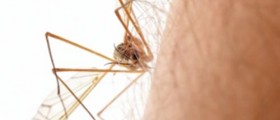
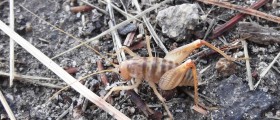
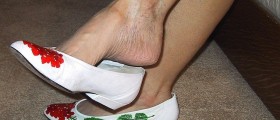


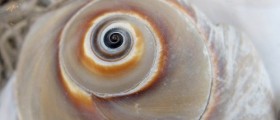
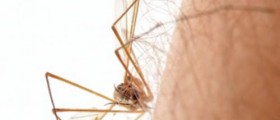
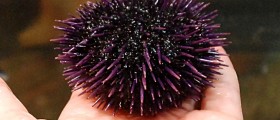
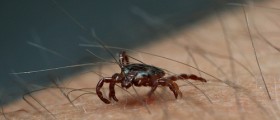

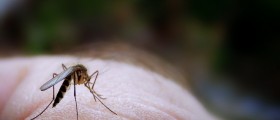
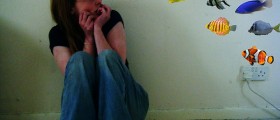
Your thoughts on this
Loading...